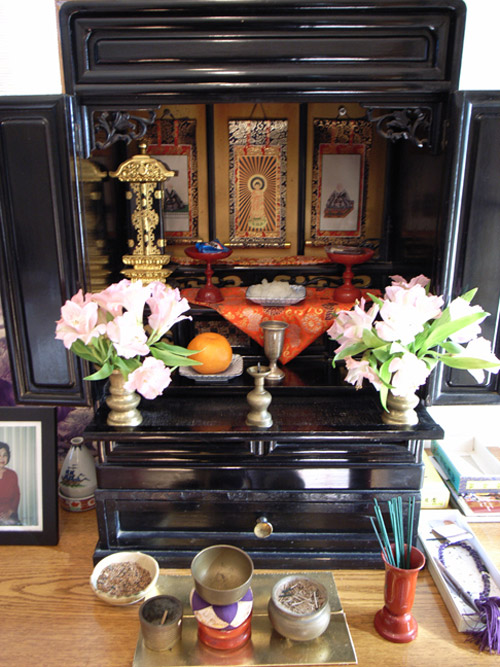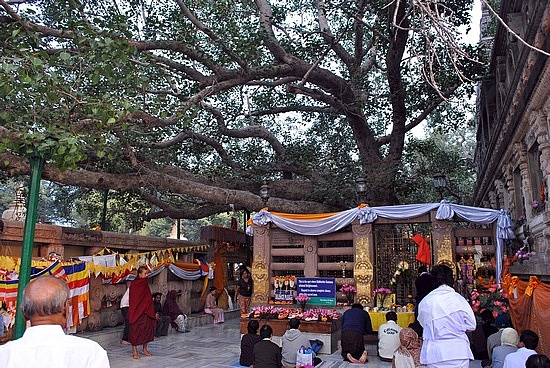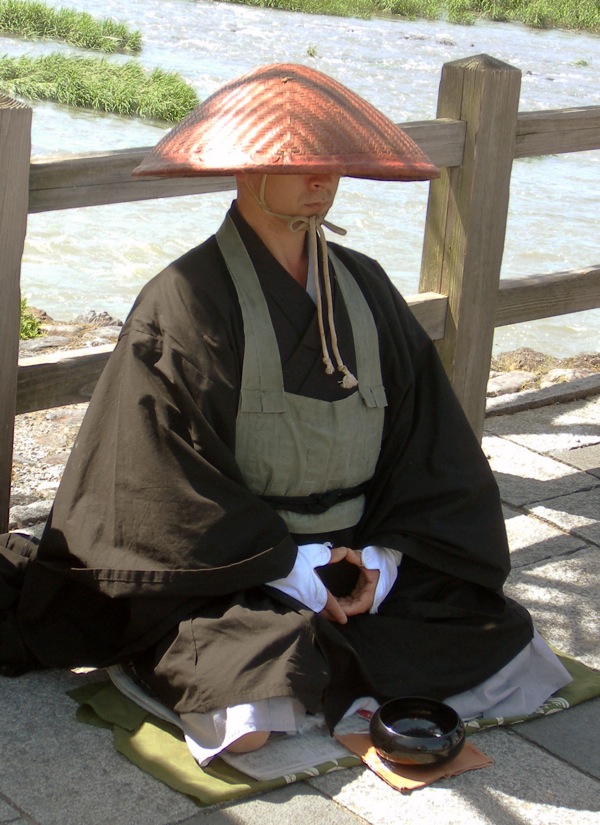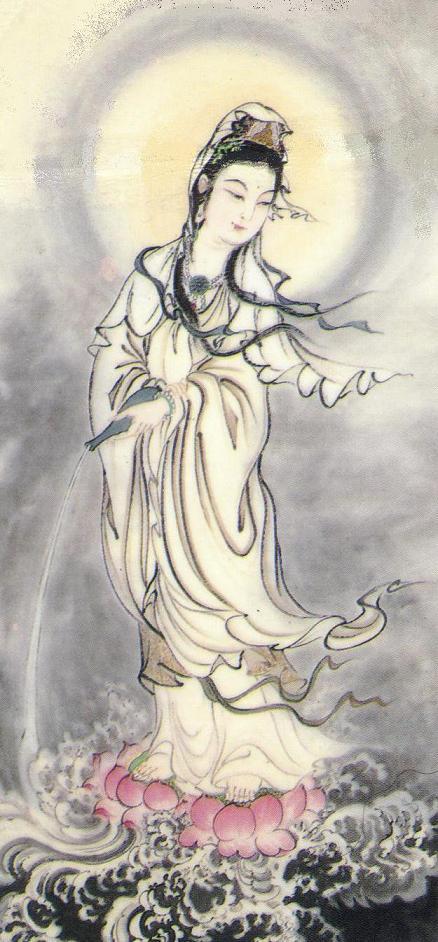Silver Circle has been an organization established to provide a home for the student Pagan community, and welcome all those interested in earth spirituality, whether they practice or are simply curious. The eclectic nature of the group has attracted people from all walks of life, as we have had active members who identify not only as Pagan, but Hindu, Buddhist, Atheist, and everything in between. This week, our treasurer Dan shared some elements of Buddhism and their possible significance within Paganism.
 To those more familiar with the world’s many traditions, Buddhism falls into one of the big ones. But its origins are rooted in the ancient past and indeed share many elements with other forms of spirituality, both old and modern.
To those more familiar with the world’s many traditions, Buddhism falls into one of the big ones. But its origins are rooted in the ancient past and indeed share many elements with other forms of spirituality, both old and modern.
One of the most apparent recognized practices is that of meditation. Virtually all religious paths offer some form of meditation. To some it is a method of divination. To others, it is a way to find a spiritual guide. To most Buddhists, it is the means by which one is able to achieve the goal of spiritual pursuit: complete enlightenment. Some meditate on bodhisattvas, deities, and other subjects deepen their wisdom through connections with the divine. Most often however, meditation is a very simple (albeit difficult) training of focus, so that the mind may eventually become calm and skilled enough to reach its full psychic potential.
Next is the practice of chanting. Buddhist chants come in many lengths, languages, and applications. Some of the earliest are preserved in the Pali language, and include words of praise, and entire bodies of scripture. As Buddhism spread, different cultures accommodated this practice to fit their own language and understanding. Mantra, the repetition of a certain word or phrase, became a popular form of chant in later developed Buddhist countries. “Om mani padme hum” is one such chant and is associated with Avalokitesvara (Guanyin in Chinese, Kannon in Japanese), who is a bodhisattva revered by many even outside the Buddhist world. The magical element of chanting is believed by many, and is practiced to bring blessings, protection, and upliftment.
Lastly, veneration is important in traditional Buddhist practice. The altar is a sacred place, in which figures of the Buddha or other figures are placed. Offerings of incense, candles, food, and other ornaments are made before the image. This is where Buddhism has faced similar critique as many other faiths as being “idolatrous.” But although it may be argued that some figures known as bodhisattvas are properly worshipped, many Buddhists will refute the claim that they are “idol worshippers.” Instead, ritual performed before an image is to be seen as a method of practicing humility and is actually a veneration not of the figure, but the idea…that is, the Dharma or the teachings.

…But tradition and culture brings with it many interesting elements that are revered almost to the status of worship within the natural world. The Bodhi tree, the fig under which the Buddha was enlightened, is recognized by nearly all Buddhists as a sacred object. Remains of deceased figures thought to be enlightened are also venerated, and such reverence for hairs, bones, and teeth thought to belong to the Buddha have become popular as well. And since ancient times, objects representing the Buddha have been thought to hold particularly sacred energy for the worshipper… such as foot prints.
The Bodhi Tree in India

A stupa (or pagoda in East Asia) where sacred remains are kept
 The Buddha’s footprints
The Buddha’s footprints
There are of course many other forms of practice that may be discussed, but for the time being, you can ask yourself the following to foster a closer connection to those of other paths:
What has remained the same?
How does my practice relate to others?



